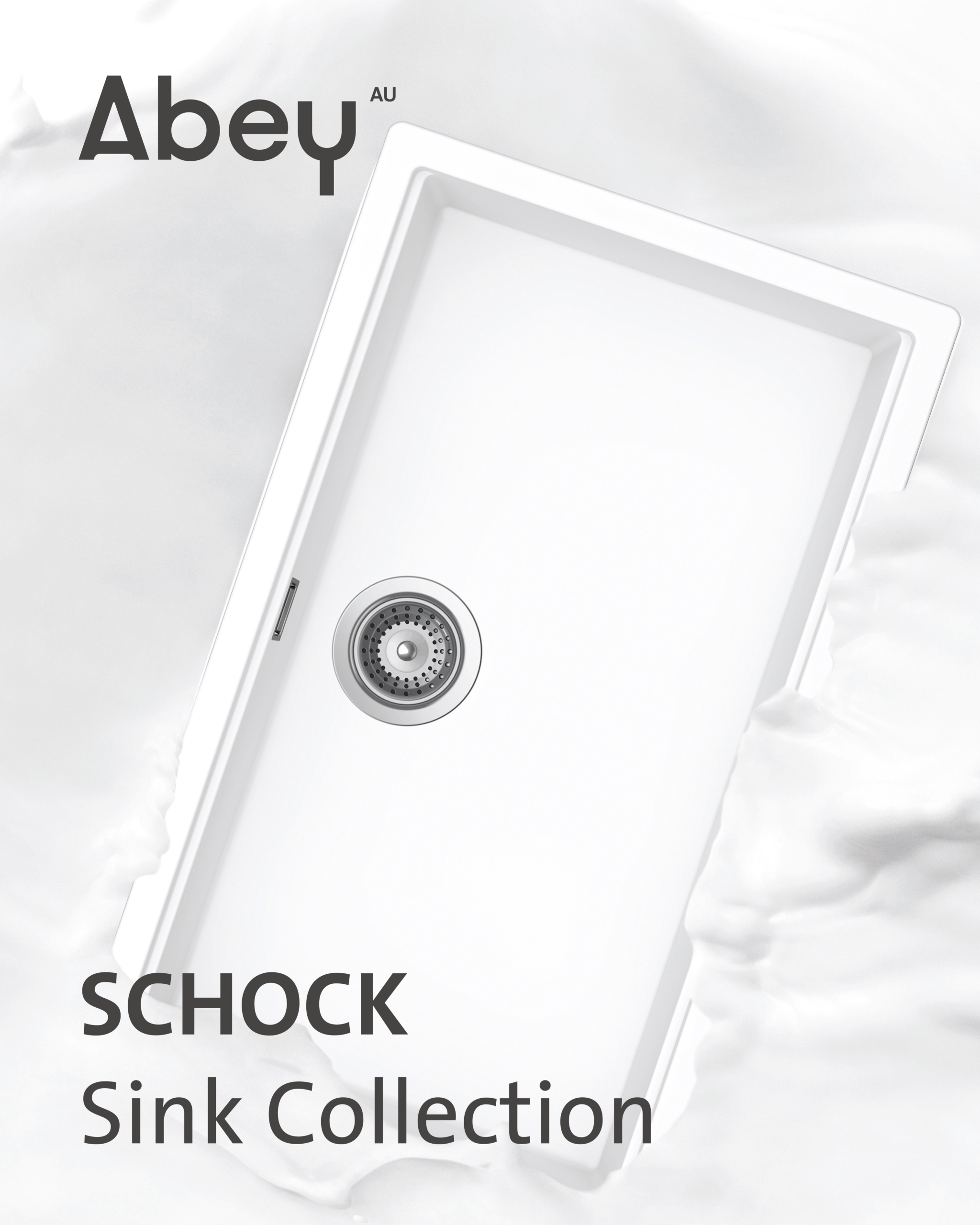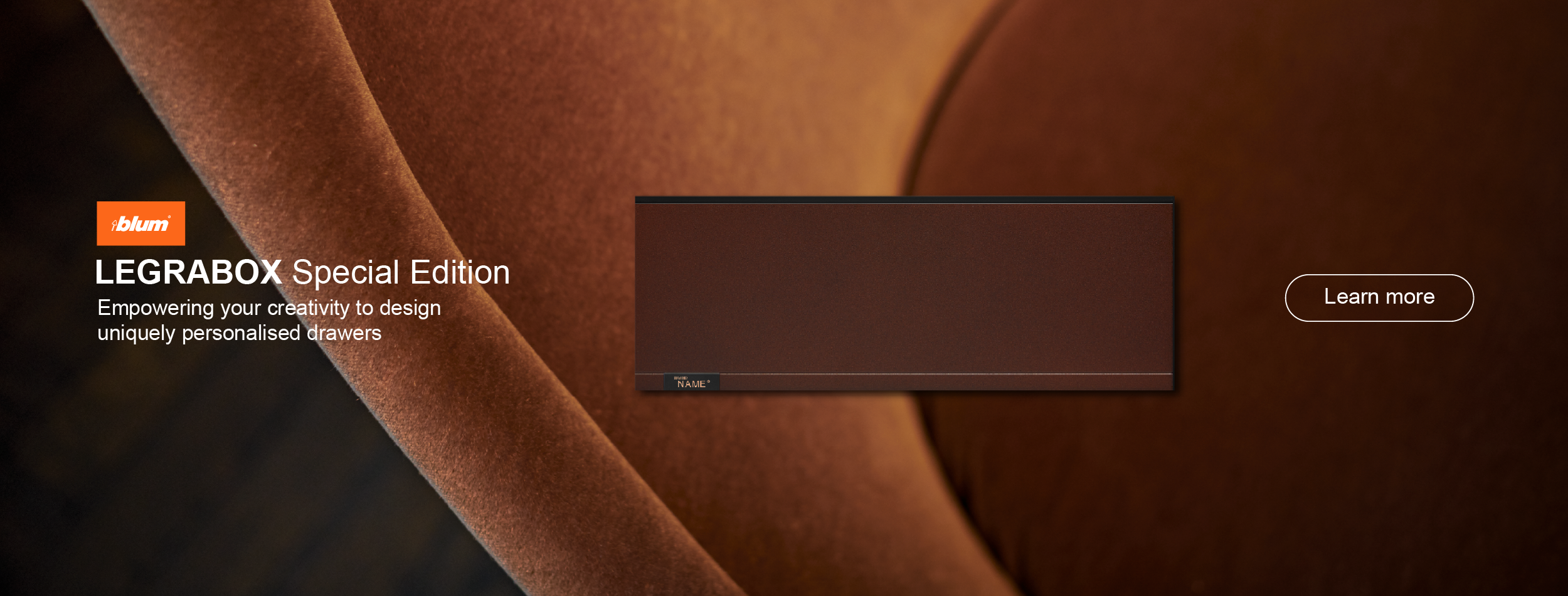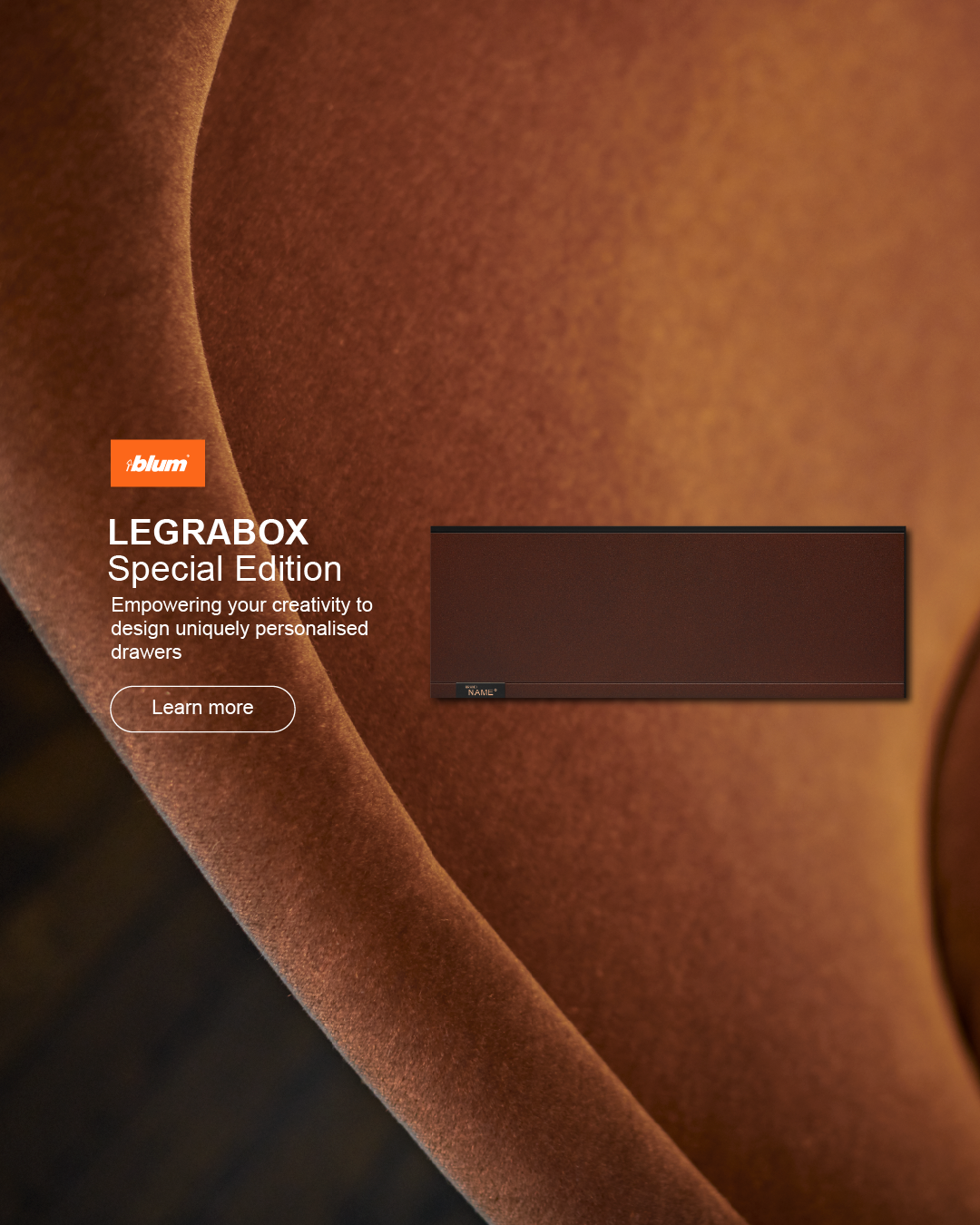
Open and Shut – Pop-Up House by FIGR
Pop-Up House by Melbourne architecture studio FIGR challenges expectations around inner-city suburban residential design by activating the front of the site, creating a sense of connection with its local context and inviting social interaction within what is typically a static and underutilised zone. Meanwhile, operable shutters create gradations of privacy throughout the home, responding to the need for spaces of retreat in an increasingly dense environment.
Many new houses are built to the boundaries of the site, but FIGR has opted for another strategy, creating an open, permeable façade to the street. While the upper floor of the house can be shut away or opened up to the sun thanks to operable louvres to the main bedroom, the ground floor invites the visitor underneath and into the centre of the house, with recycled brick paving underfoot and timber ceilings above. “The hovering belly of the house creates an undercroft that guides the guests into the house,” says Michael Artemenko from FIGR.
This space also doubles as a carport or as an extension of the informal entertaining area. Moving further in, brick paving gives way to patches of greenery, including a Japanese maple, while a double-height void opens up above on the left, puncturing the centre of the house. Dappled light created by the maple and netting overhead falls onto a window seating area clad in timber that provides the boundary between outside and in.
Though still technically outside, series of spaces has a texture unlike most front gardens, with an increasing sense of privacy despite the fact that it is ultimately open to the street. “From the outset, our clients felt their new home had to engage with the context beyond the site boundary, creating a visually engaging public setting where neighbours and friends can be part of informal gatherings,” Michael says.
The house has been designed with sustainability and energy efficiency in mind.
Inside, a generous kitchen features cabinetry in two colours: timber at the ground level to blend with the Tasmanian oak flooring and a dark forest green above waist height and on the end wall. Towards the back of the house, the living room is wide and opens directly onto a paved brick area and grass beyond. Here, the form of the building folds down on one side to create a triangular elevation from the street. White louvres have also been used for the top floor as at the front, while on the ground level, timber cladding wraps the ceiling above the exterior patio and through into the living room.
The house has been designed with sustainability and energy efficiency in mind. The roof form intentionally allows for the optimum placement of solar panels, while a 5000-litre water tank is buried in the front yard. The roof is clad in Surfmist Colorbond, which reduces heat build-up, and roof water is captured and used to flush toilets and irrigate the garden. Under-slab insulation and thermally broken timber framed double-glazed windows increase energy efficiency, while local trades, materials and fitting have been used wherever possible. Furniture is local too – including dining table, chairs and rug from Southwood Furniture and occasional chairs and a side table from GlobeWest.
What FIGR has achieved with this project is a rejection of traditional indoor/outdoor dualism, instead using layering and operable elements to open out or close up the house depending on the privacy needs of the users – exemplifying a home that is responsive to both its context and its inhabitants.





























